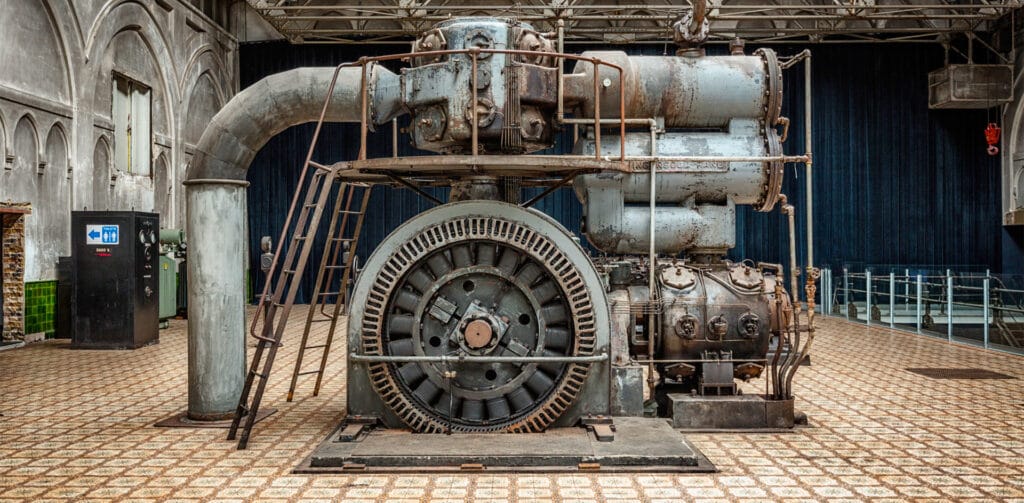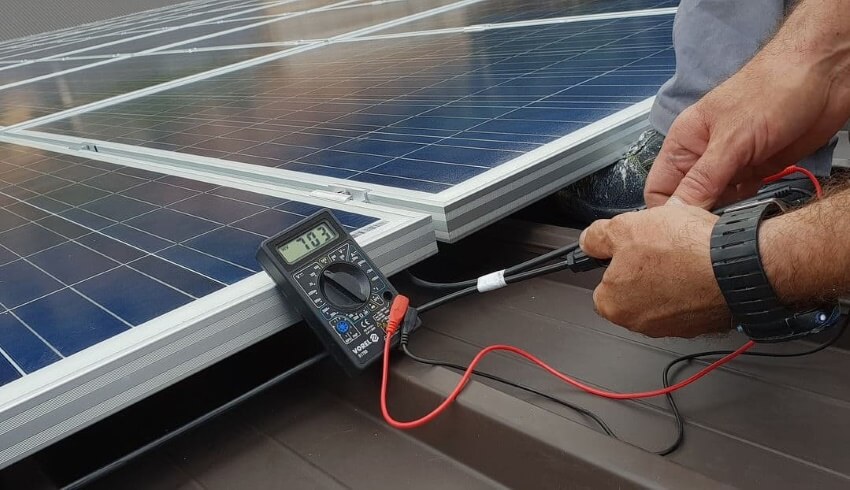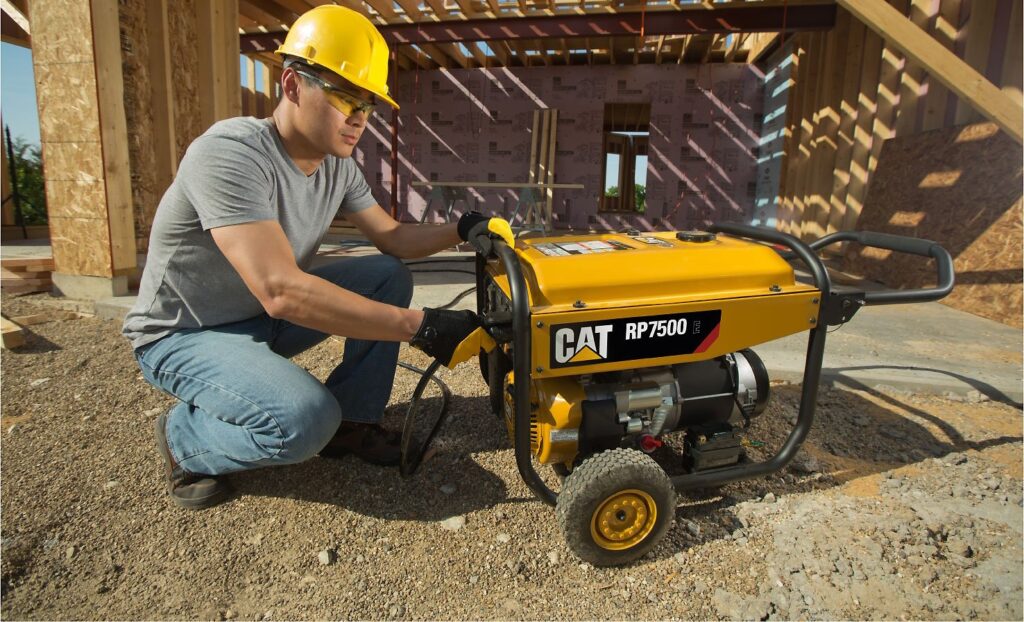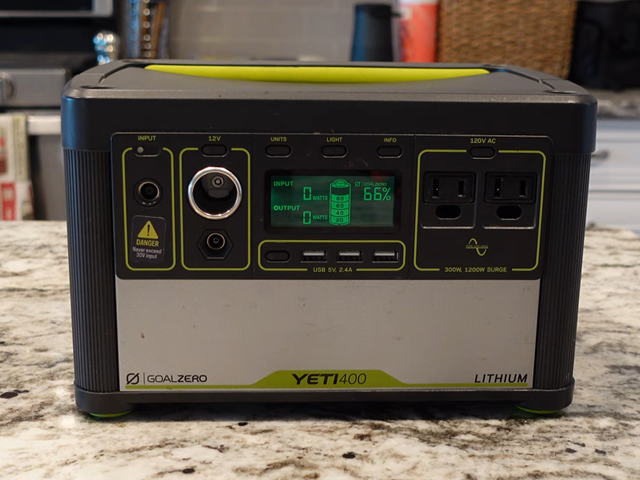
Generator exhaust isn’t something you want to be breathing. While you might not be able to see it, exhaust contains chemicals that are similar to air pollution and are just as bad for your health. In addition, generator exhaust includes carbon monoxide, a dangerous gas that can lead to suffocation if you are working in a cloud of exhaust.
Thankfully, you can avoid working near your generator’s exhaust with a generator exhaust extension. This hose-like extension forces your exhaust away from the generator – and you – before it is released into the air. That can lead to a much cleaner and safer work environment.
So, do you need a generator exhaust extension hose for your generator? In this article, we’ll explain when it’s a good idea to have one and how you can make your own DIY generator exhaust extension.
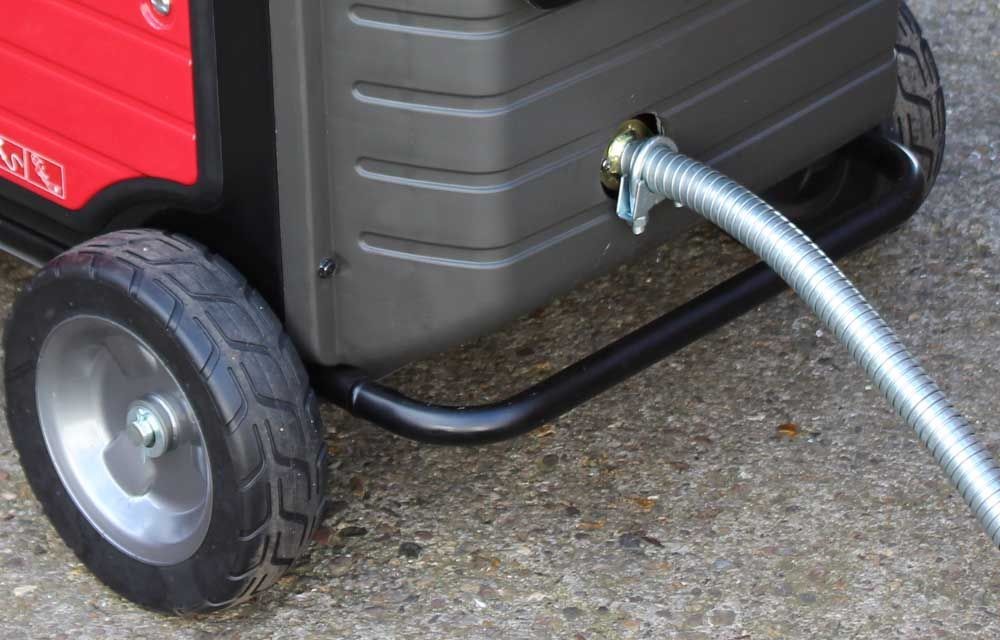
Keep in mind that even if you’re not standing right next to the generator, fumes can build up in semi-enclosed spaces like a garage or workshop. This is a dangerous situation, as exhaust fumes can build up enough to cause carbon monoxide poisoning or more serious illness. If you suspect that exhaust from your generator could be getting into your workspace – even if the generator is outside – it’s a very good idea to install a generator exhaust extension.
It’s easy to buy a generator exhaust extension kit, which includes everything you need to start funneling fumes away from your workspace. At the most basic, an exhaust extension kit just consists of a flexible hose and a clamp that you can use to attach the hose onto your generator’s exhaust pipe. These kits are inexpensive and easy to install.
Alternatively, there are more complex generator exhaust extension kits designed to work with for more permanent generator installations. For example, you can find kits with metal pipes and connectors that are designed to permanently attach onto your generator. These kits are best if you need to push fumes from a standby generator away from your home.
While generator exhaust extension kits are relatively inexpensive, you can save some money by creating a DIY generator exhaust extension. This process is simple and you should have no problem finding the components you need at your local hardware store.
First, start out by measuring the diameter of your generator’s exhaust pipe. You’ll want to add roughly 0.25 inches to the diameter that you find to ensure that your flexible tubing will be able to easily fit over the exhaust pipe.
Before you buy tubing to fit your pipe, consider how much tubing you need. That is, how long does your exhaust extension need to be in order for your workspace to be completely clear of fumes? It’s a good idea to err on the side of having too much distance, as piping is inexpensive and there’s no harm in having a longer extension than necessary.
The type of tubing is important as well. You’ll want to get flexible tubing, as this allows you to route your exhaust extension around corners and obstacles as needed. If you were to get an inflexible extension, you’d have to worry about positioning your generator just right. Save yourself a headache later and get some flex tubing!
Finally, you need a clamp that allows you to secure one end of the tubing onto your generator’s exhaust pipe. The clamp diameter should match the diameter of the tubing, not the diameter of your exhaust pipe. While you could use a hose clamp, you’ll have an easier time securing the tubing on the exhaust pipe with a more sturdy pipe clamp.
When you’re ready, tighten that clamp down around your tubing so that it can’t come loose. With that, the flexible exhaust pipe for your generator is ready for action.
But, before you call it a job well done, it’s a good idea to test your new exhaust pipe. Turn on your generator and inspect the flexible tubing. Be sure to use your eyes and nose to check for any points where fumes are unexpectedly leaking. If you don’t find anything, you’re set to use your generator.
Depending on your workspace, you may want to remove the exhaust extension before putting your generator away for storage. This isn’t hard to do if you used a pipe clamp to secure the flexible tubing, as you can simply loosen it to get the tubing back off the generator’s exhaust pipe.
Bear in mind that the exhaust tubing can get hot – especially the first foot or two that is closest to your generator. You’ll want to give the tubing and the metal clamp plenty of time to cool down before you try to remove them.
Disassembling your exhaust extension is a good idea to protect the tubing from damage during storage. Make sure you coil the tubing neatly so that there are no kinks or corners that can develop tears. Re-installing the extension the next time you need it for your portable generator should only take a few minutes of work.
Even though you have an exhaust extension on your generator, you should never run your generator inside your home or another living area. That’s because while a properly installed exhaust extension should vent all the fumes outside, it’s very difficult to verify that carbon monoxide won’t build up inside your home.
Carbon monoxide is colorless and odorless, so you’ll never know if something is wrong with your exhaust extension – maybe there’s a small leak you didn’t detect during your check, or maybe a little bit of gas is leaking out where the flexible tubing attaches to the generator’s exhaust pipe. While this small amount of gas wouldn’t be a problem in an outdoor space, inside it can build up to dangerous levels and cause carbon monoxide poisoning.
That should be reason enough for you to never run your generator in a living area, with or without an exhaust extension. But, gases that build up from leaking fumes can also get sucked into your generator’s air intake, reducing performance or even causing a fire if they build up to high enough levels.
An exhaust extension is designed to help keep you safe from exhaust fumes. But, no exhaust extension – whether DIY or from a kit – is guaranteed to be 100% leak-proof. As a result, you should never run a generator inside a living area, even if you’re using an extension to send the generator’s exhaust outside.
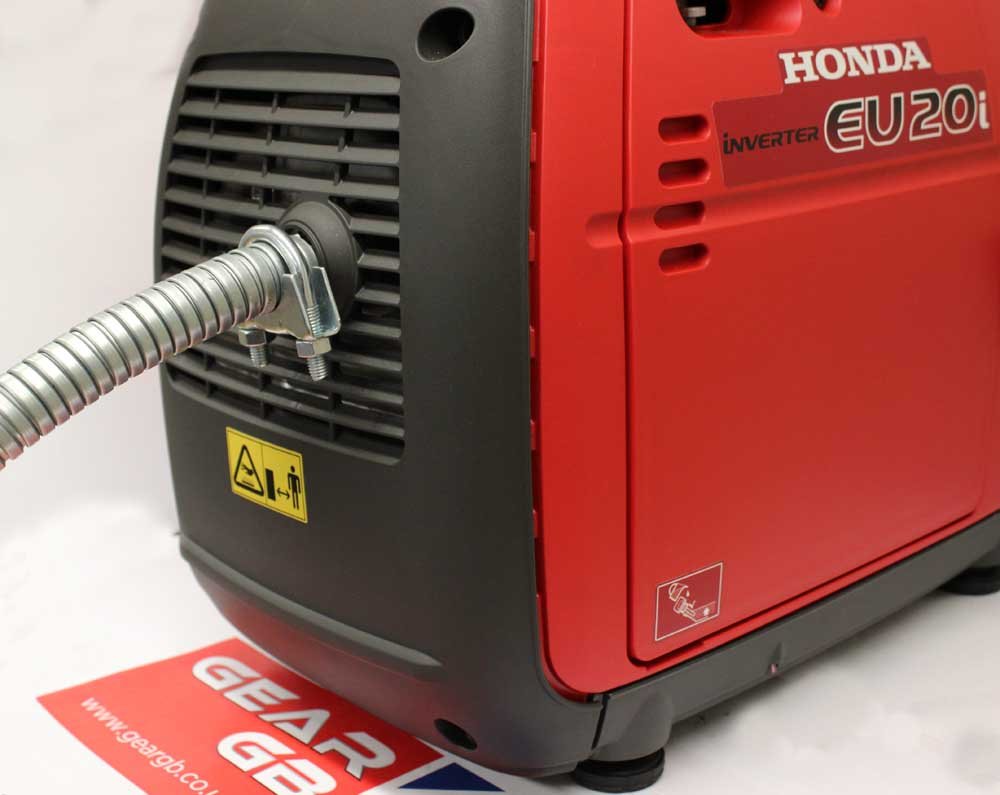
For that, you can either buy insulated tubing or buy pipe insulation to wrap around your flexible tubing. This insulation can be attached with clamps to ensure it stays in place. However, insulating the exhaust pipe extension will still only reduce your generator’s noise by a small margin.
A generator exhaust extension can help keep you safe from noxious exhaust fumes while operating your generator. These extensions are designed to be used when you’re running a generator just outside your house or near a semi-enclosed workspace, or when you’re working right next to your generator. But, they should never be used to justify running your generator inside an enclosed living space.
You can purchase a generator exhaust extension kit that comes with everything you need, but it’s also easy to create your own DIY generator exhaust extension. All you need is some flexible tubing and a pipe clamp. Once you’ve got a generator exhaust extension, you can feel confident that you’re operating your generator safe from exhaust fumes.
